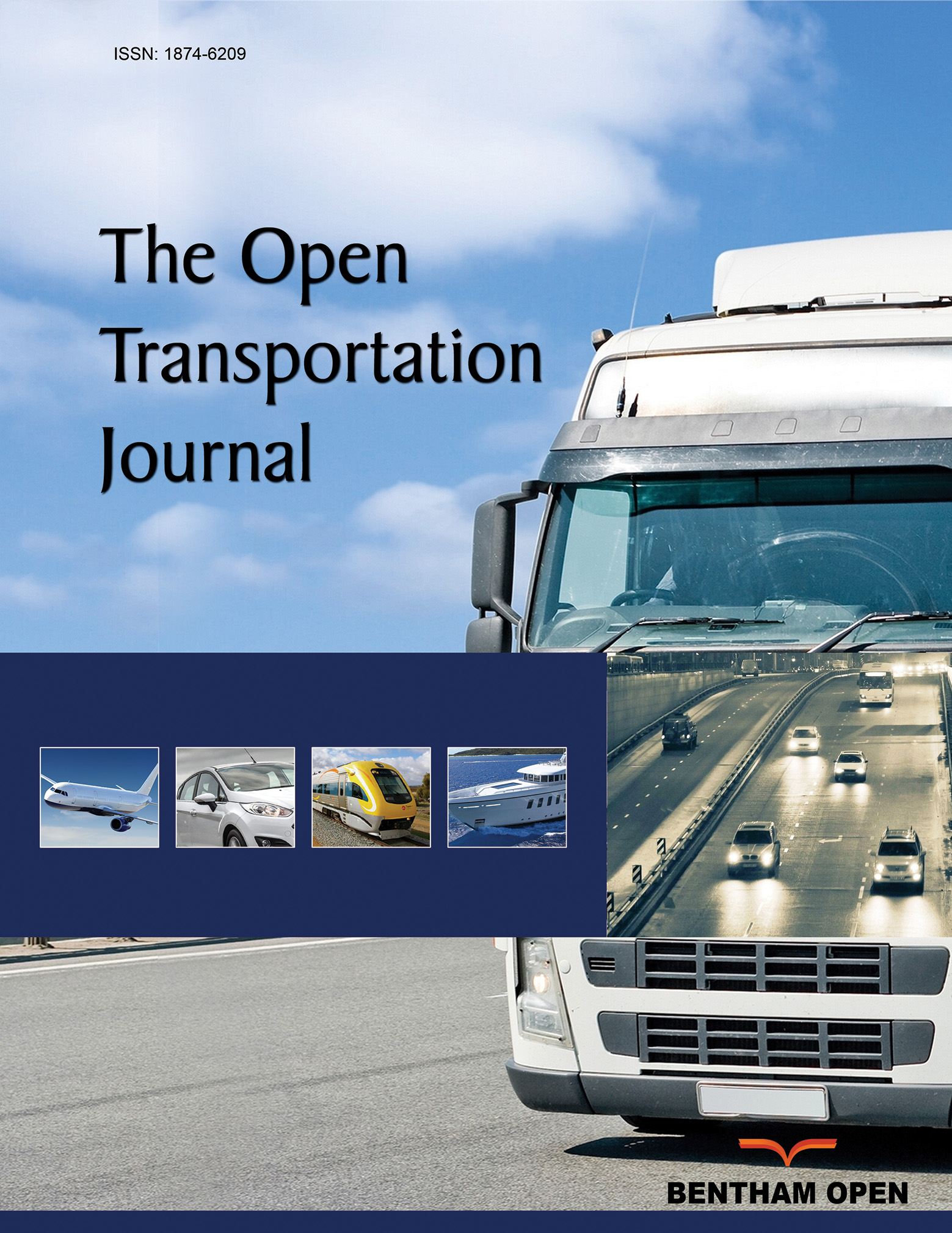All published articles of this journal are available on ScienceDirect.
A Pilot Field Study of Influence of Restricted Sight Distances on Gap- Acceptance and Non-Gap-Acceptance RTOR Driving Behaviors
Abstract
Right turn on red (RTOR) is permitted at signalized intersection in the United States. Adequate intersection sight distances should be provided to ensure that the RTOR drivers turn into receiving lanes safely and efficiently. However, in practice it is not unusual to find signalized intersections with restricted right-turn sight distances, at which RTOR is still permitted. This research is focused on investigating if restricted right-turn sight distances have a significant impact on RTOR behaviors. A pilot field observation study was conducted at four signalized intersections: two with restricted right-turn sight distances and two with sufficient sight distances for 25 mph and 35 mph speed limits, respectively. Using a video camera, both gap-acceptance and non-gap-acceptance RTOR behavior data were collected at the intersections. In comparisons of RTOR behaviors at intersections with and without sight-distance problems, it was found that a restricted sight distance can cause drivers to seriously encroach into pedestrian crossings in order to maximize available sight distances at the intersections; lead to a higher non-stop RTOR violation rate; cause drivers to accept smaller gaps; and increase the possibility of conflicting with pedestrians. Due to these significantly negative effects on RTOR behaviors, traffic engineers are appealed to pay more attention to the right-turn sight distance issue at signalized intersections.


